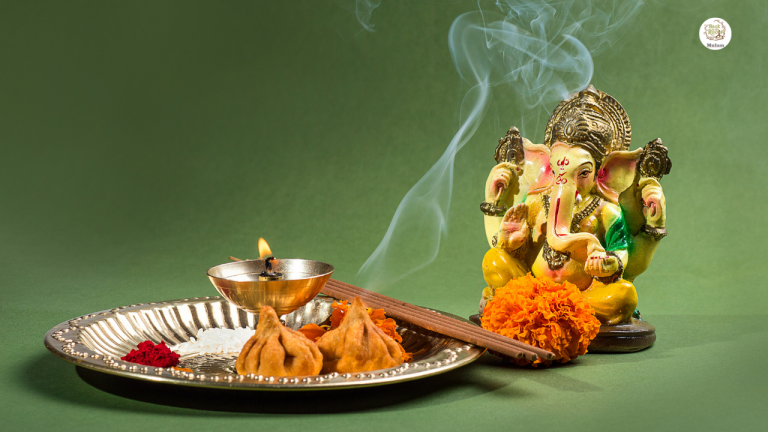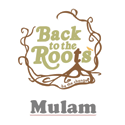About Pooja

India celebrates countless holy and religious festivals and customs. However, the majority of people only pay attention to the surface meaning of these traditions, viewing them as archaic customs.
In Hinduism, puja (also known as pooja) is a traditional ritualistic passage in which sacrifices are offered to GOD in order to receive his blessings and love, which are very important to us in order to remain optimistic and to be connected with GOD at all times. In essence, a person who enjoys and owns materialistic objects is thanking God by performing pooja with devotion and believes that it is a gift that was given to them by God. Tantric worship is what it is called, and due to its simplicity and all-encompassing appeal, it contains all the components of Vedic sacrifice.
The groveler performs pooja either directly or indirectly, either one-on-one or in groups. Nevertheless, priestly services are not required in the modern era because Vedic rites have taken the place of puja as an essential component of Hindu worship. A self-sacrificing home, made by householders with sincere devotion to them in their daily devoted service.
Meaning of pooja
It is a Dravidian term with the letters PU standing for “history,” and is frequently written as “puja” or “pooja.” Or, to put it another way, it is a devotional and dedicated offering of flowers or fruits to the representation of God.
Pujas can be divided into four categories. – satvika puja–Rajasa puja–tamasa puja.
- The Thriguna Puja consists of (three gunas).
- Archana, Nama, and Japa for Satvika Puja Homalu, Navidyalu, and other Rajasa puja
- Tamasa Puja (Bali of Animals, vrathalu, and nomulu)
- Some priests, who we refer to as Poojari or Purohit, assist in some pujas while others are performed by themselves.
Puja is a procedure and a process of consciousness transformation in which devotion and the spiritual significance of divinity are linked together.
The primary puja offerings are
- Vigraha(/idol)
- Deepam( light)
- Dhoopam( incense)
- Pushpam (Flowers)
- Phalam (Fruits)
- Kalash
- Kumkum and Turmeric powders
- Prasadam or navidyamu
- Aarati(Waving of light)
- Chandanamu paste
Conclusion
It involves establishing a direct line of communication with the Divine, who is above all of us. Both the mind and body are actively involved in this Hindu puja. Karma yoga, jnana yoga, BuddhI yoga, Sanyasa yoga, and atma samyama yoga all involve sacrifice. God’s favor and our freedom can be obtained through puja, which is a straightforward and easy process.

